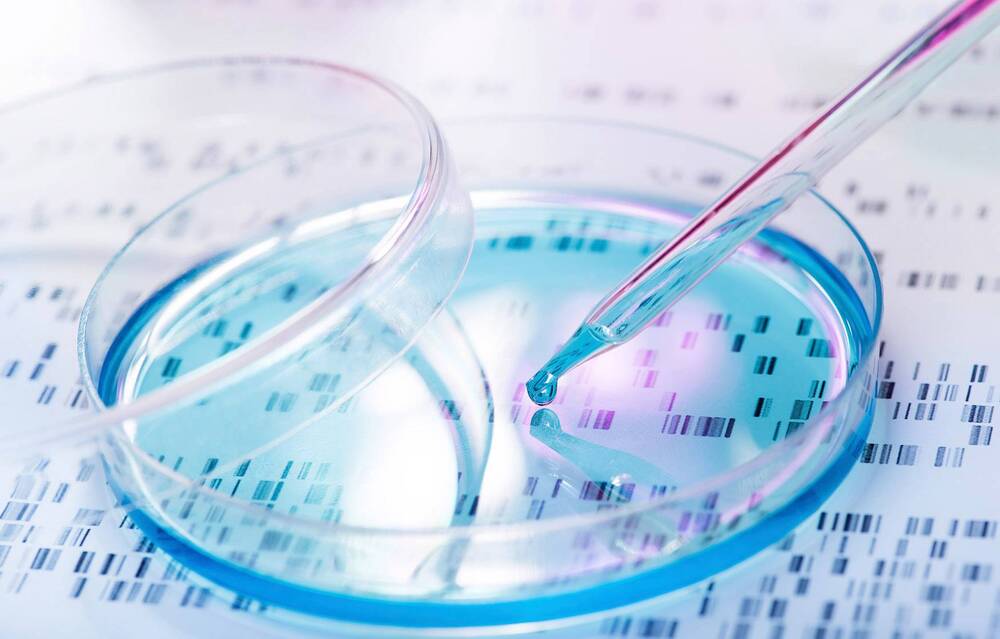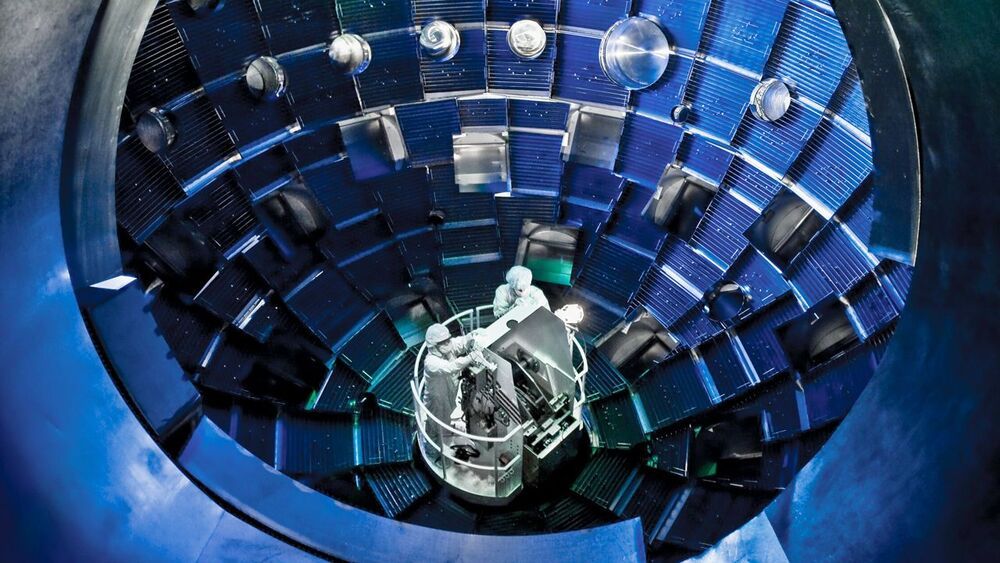Where to search for life on Mars: look for subsurface water-containing clay like smectite.



It’s pretty easy to dismiss the capabilities of Tesla’s Autopilot and Full Self-Driving beta. A look at Autopilot’s ranking from Consumer Reports alone would suggest that Tesla’s driver-assist system is pretty average at best, and that solutions like GM’s Super Cruise are far more advanced and capable.
With this in mind, the narrative surrounding Tesla’s self-driving efforts largely suggests that the company’s driver-assist systems, while advanced, are years away from being a capable autonomous driving solution. And when Tesla achieves autonomy, actual FSD companies like Waymo and Cruise would be far ahead.
These preconceptions about Autopilot and the Full Self-Driving suite, however, are a bit questionable, especially if one were to consider the capabilities of the FSD beta today, which is currently being tested by a select group of Tesla owners. Tesla owner and YouTube host Dan Markham of the What’s Inside? Family channel recently experienced this, when he took a drive on a Model S equipped with the FSD beta.

“Herzog tells Inverse he’s less concerned than ever that a meteorite will destroy the Earth, but that doesn’t mean we shouldn’t still be worried about our own extinction. “It may be 100 million years to go until then,” Herzog says, before adding, “within the next thousand years, we may have done such stupid things that we are not around anymore to contemplate it.” The German filmmaker also explains what asteroids reveal about the universe, why he’s never watched Rick and Morty, even though it’s a “fiendishly intelligent show,” and lists the many things that could wipe out humanity before a meteorite ever arrives.”
The legendary director discusses his new film, ‘Fireball: Visitors From Darker Worlds,’ along with Star Wars, ‘Rick and Morty,’ and working with a co-director.

What if with the new wave of technologies, such as nanotechnology which would enable us to reprogram matter at a molecular level, we can overcome scarcity once and for all? Design would then become the most important part from start to end product which can be freely shared or have a premium in the marketplace. At any rate, this will dismantle the current social, economic, and political system, because it will become irrelevant; every institution, every value system, every aspect of our lives have been governed by scarcity: the problem of distributing a finite amount of “stuff.” There will be no need for any of today’s social institutions. In other words, when nanotech and ultra-realistic VR are commonplace, the system built on scarcity will crumble and that would herald the forthcoming “economic singularity.” #EconomicSiingularity
The current faltering economic model is suboptimal, hinders economic growth, and is not sustainable going forward.
O,.o I believe the fungi kingdom is sentient based on this similar to other insects. Basically if exists in space aswell I believe it has a hive mind like similar species like the bee. But there are good fungi also that keep these invasive species of fungi at bay which we see in rainforests. It could be much more powerful than imagined because it is everywhere in the air on earth and also in space.
Mind-controlling fungus that infects the brains of cicadas can make them kill each other. These mutant critters, dubbed as zombie cicadas, are forced to infect other insects.
O,.o Circa 2019
CRISPR/Cas9 is now a household name associated with genetic engineering studies. Through cutting-edge research described in their paper published in Scientific Reports, a team of researchers from Tokyo University of Science, Meiji University, and Tokyo University of Agriculture and Technology, led by Dr Takayuki Arazoe and Prof Shigeru Kuwata, has recently established a series of novel strategies to increase the efficiency of targeted gene disruption and new gene “introduction” using the CRISPR/Cas9 system in the rice blast fungus Pyricularia (Magnaporthe) oryzae. These strategies include quicker (single-step) gene introduction, use of small homologous sequences, and bypassing of certain prerequisite host DNA “patterns” and host component modification.
The team led by Dr Arazoe and Prof Kuwata has devised simple and quick techniques for gene editing (target gene disruption, sequence substitution, and re-introduction of desired genes) using CRISPR/Cas9 in the rice blast fungus Pyricularia (Magnaporthe) oryzae, a type of filamentous fungus. Spurred on by encouraging results, the researchers surmise, “Plants and their pathogens are still coevolving in nature. Exploiting the mutation mechanisms of model pathogenic fungi as a genome editing technique might lead to the development of further novel techniques in genetic engineering.”
The working component of the CRISPR/Cas9 system binds to the target gene region (DNA) and causes a site-specific double-stranded break (DSB) in the DNA. Effective binding of this component requires a certain “motif” or “pattern” called the protospacer-adjacent motif (PAM), which follows downstream of the target gene region.
Watch a strange, sprouting mushroom reach out like an octopus … or the devil’s fingers.
➡ Subscribe: http://bit.ly/NatGeoSubscribe.
About National Geographic:
National Geographic is the world’s premium destination for science, exploration, and adventure. Through their world-class scientists, photographers, journalists, and filmmakers, Nat Geo gets you closer to the stories that matter and past the edge of what’s possible.
Get More National Geographic:
Official Site: http://bit.ly/NatGeoOfficialSite.
Facebook: http://bit.ly/FBNatGeo.
Twitter: http://bit.ly/NatGeoTwitter.
Instagram: http://bit.ly/NatGeoInsta.
Time-lapse video shows an octopus-like fungus bursting from its “egg.” Fittingly known as the octopus stinkhorn, or devils’s fingers, this mushroom spends much of its time underground. When it’s time to reproduce, it emerges and starts to ooze a spore-filled slime that attracts flies. The flies carry the spores away, helping the strange mushroom to spread far and wide.
Read about the creepiest plants and fungi known to science.
http://news.nationalgeographic.com/2017/07/creepy-plants-fun…s-science/
This sprouting, octopus-like fungus is the stuff of nightmares | national geographic.


